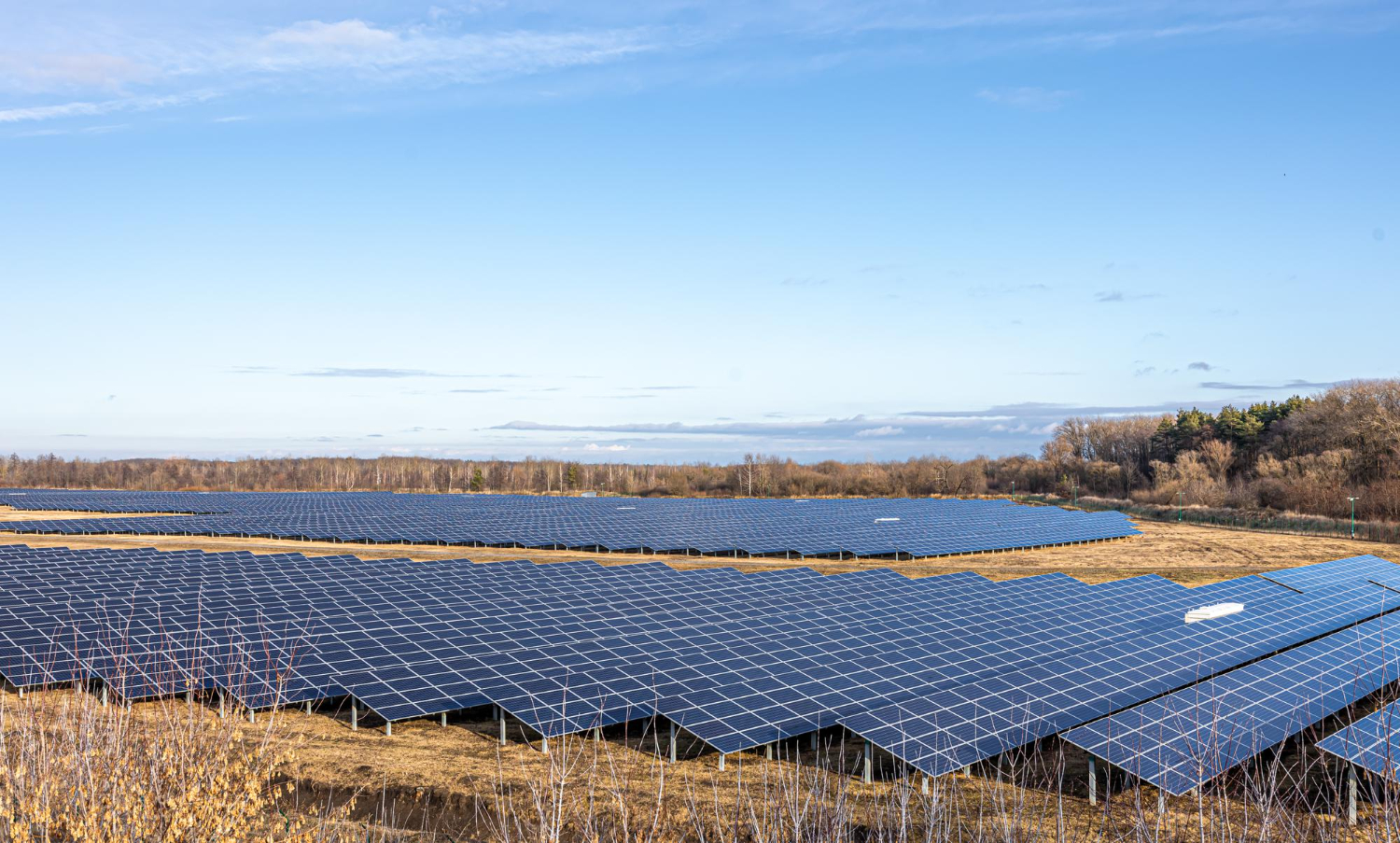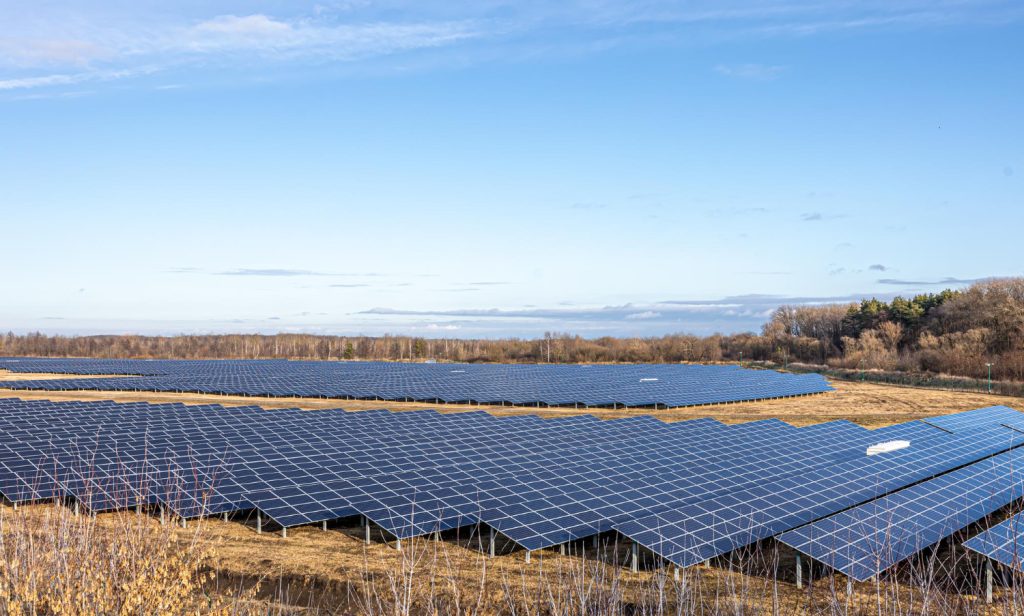
21 Jul The Shocking ROI of Solar Investment for Modern Industry
When industries think of reducing operating costs, energy is often the first place to start. What many don’t realize, however, is just how dramatically solar power can shift the financial landscape. The return on investment (ROI) from industrial solar energy has quietly transformed businesses, cutting costs, boosting sustainability credentials, and increasing independence from unreliable power grids.
This article breaks down how solar investment can deliver impressive returns for modern industry, backed by data, real examples, and proven insights.

Why Solar is a Strategic Industrial Investment
Energy is one of the largest overhead costs in industrial operations. Whether you’re running heavy machinery, powering temperature-controlled facilities, or lighting large campuses, the monthly bill adds up fast.
Solar energy can offset those costs, sometimes by as much as 60–90%, depending on usage patterns, local tariffs, and system size. But the true ROI of solar lies not just in lower utility bills. It’s about long-term performance, operational resilience, and growing investor interest in sustainability.
How Much Can Businesses Actually Save?
Studies show that industrial solar systems typically pay for themselves in 4 to 6 years, with a lifespan of 25 years or more. That means more than 15 years of free or ultra-low-cost power.
Here’s a simplified example:
- A manufacturing facility spending $15,000 monthly on power installs a solar system that offsets 70% of its usage.
- It pays around $300,000 for the system (after incentives).
- Monthly savings: ~$10,500.
- ROI achieved in under 2.5 years.
- Over 20 years, total savings exceed $2 million.
That’s just the power savings. When you factor in tax credits, carbon reporting benefits, and protection from grid instability, the numbers get even better.
The Role of Net Metering and Incentives
Depending on your location, your business may benefit from:
- Net metering: Sell unused electricity back to the grid and earn credits.
- Depreciation: Claim accelerated depreciation under programs like MACRS (in the U.S.).
- Grants or rebates: Some governments offer subsidies or partial funding for commercial solar.
These financial tools make solar more affordable and shorten the ROI window significantly.
How Solar Boosts Business Value Beyond Savings
The ROI of solar goes beyond just money saved. Forward-thinking industries are recognizing how solar impacts:
Brand Value
In today’s market, customers care about sustainability. Businesses that commit to renewable energy often earn a competitive edge. Solar installations are visible proof of action, and can attract partners, clients, and even talent.
Investor Confidence
Sustainability is becoming a core metric for investors and stakeholders. Solar investment can boost your ESG (Environmental, Social, and Governance) score and attract better financing terms.
Energy Security
Industrial operations can’t afford downtime. With solar and battery storage, you’re less vulnerable to grid outages and price spikes, giving your business resilience that directly translates into dollars saved during crises.
Common Barriers (and Why They’re Mostly Myths)
Some businesses still hesitate, often due to outdated myths:
- “Solar is too expensive.”
Not anymore. Prices have dropped over 80% in the last decade. - “My facility isn’t ideal for solar.”
New technologies allow solar to work efficiently on varied roof types, ground mounts, and even carports. - “What if I move?”
Solar adds property value and can be transferred or included in sale negotiations.
The truth is, solar is more adaptable and financially viable than ever.
Our Experience with Solar ROI
At Spenomatic Solar, we’ve had the privilege of helping industries across East Africa and beyond see real ROI from solar installations. In most of our projects, clients begin noticing substantial monthly savings within the first billing cycle.
We’ve worked with manufacturers, agribusinesses, and large-scale processors, each with unique power needs, but all benefiting from customized solar solutions. What makes the biggest difference isn’t just the panels, it’s the planning, engineering, and data-driven design behind them.
Getting Started the Right Way
Before investing in solar, businesses should:
- Audit current energy usage: Understand your baseline and peak loads.
- Choose the right provider: Look for engineers with industrial experience, not just residential.
- Plan for scalability: If your operations grow, your solar system should be ready.
- Evaluate incentives early: Lock in benefits before policies change.
- Explore hybrid solutions: Combine solar with storage or generators for 24/7 uptime.
Final Thoughts
Solar energy isn’t just a green decision, it’s a smart financial one. For industries, the ROI is clear: lower costs, long-term stability, and greater market credibility. In 2025 and beyond, companies that invest in solar aren’t just cutting bills, they’re building future-ready, energy-secure businesses.
FAQs
- How long does it take to break even on an industrial solar system?
Typically between 4 to 6 years, depending on usage, system size, and location-based incentives. - Can solar completely eliminate my power bill?
It can drastically reduce your bill, sometimes up to 90%, but full elimination depends on usage patterns and whether battery storage is included. - Is solar still effective in cloudy regions?
Yes. Solar panels still generate power under diffuse sunlight. Proper design ensures consistent performance. - What happens if energy prices drop?
While unlikely, solar remains beneficial because it stabilizes your long-term energy costs regardless of market fluctuations. - Does solar increase property value?
Yes. Commercial properties with solar installations often appraise higher due to reduced operational costs and long-term energy security.


Sorry, the comment form is closed at this time.